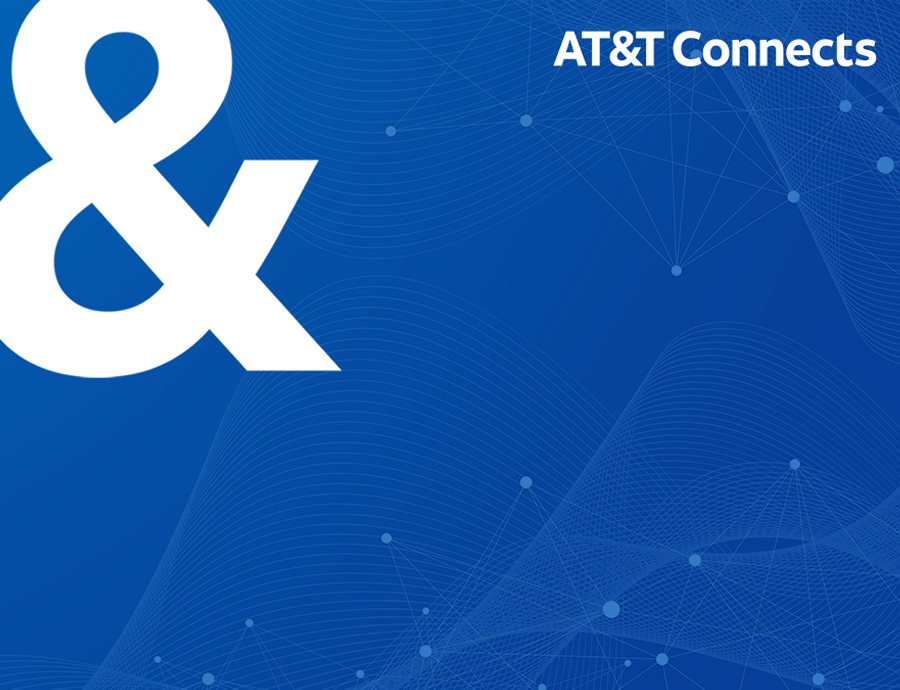Our recent blogs have focused on modernizing the FCC’s Lifeline program and fixing the broken funding mechanism that supports the federal Universal Service Fund (USF). The FCC’s E-rate program, however, deserves equal attention as students across the country require broadband connectivity to learn from home during the pandemic.
The E-rate program was designed to help schools and libraries offset the costs of broadband service. But the pandemic has changed everything about learning. While the “homework gap” has existed for many years, school closures due to the pandemic have brought national awareness to the “learning gap” and the imperative of closing it.
Access to technology has never been more critical for students to thrive and teachers to succeed, and every student deserves the right tools and resources to attain an education. The marbled composition notebooks, pencils and rulers for the digital age are computers, tablets and high-speed connectivity. That’s why there is a growing consensus that the E-rate program could and should do more to help students learning remotely, including by extending program benefits to support the digital classroom wherever the student is located, at least on a temporary, emergency basis.
As policymakers address the immediate needs of students and teachers, they should also use this as an opportunity to take a fresh look at the broader program, both from how it has been operationalized to date as well as its goals for the future.
Program structure inhibits participation
Participating in the program, now 25 years old, has become dauntingly burdensome for schools. As with the Lifeline program, the E-rate program comes with a long list of rules, regulations, processes and procedures that can be onerous for both participating providers and program beneficiaries. Consider that, as of January of this year, schools had been granted only about two thirds of E-rate benefits they applied for in 2018 and 2019. It’s not clear what’s driving the significant denial rate, but these figures alone suggest that it is time to consider whether the program’s structure and rules are meeting the needs of students and teachers, particularly if additional dollars are to be directed toward the program.
We believe the following principles should guide any expansion of the program:
Keep schools the focus of the program and provide them with greater flexibility in meeting core objectives: As the connectivity needs of schools and students change, the program should adapt to support those needs. There is precedent for this. In 2014, the FCC updated the program to cover wireless technologies, including Wi-Fi. Now, in 2021, when most students are at least partially learning remotely, schools should have greater flexibility to use E-rate funds as they deem necessary to ensure that every student is connected.
Modernize the program’s rules to ease participation: As the scope of the program is being debated, we believe the FCC, in consultation with the Department of Education (DoE), should evaluate whether the current E-rate structure is the right one for today’s world. Given its role in quickly distributing billions of dollars to schools across the country in response to the COVID pandemic, DoE’s learnings may inform any E-rate reform efforts. The use of technology in schools has transformed greatly in the 25 years since E-rate began and the once nascent ed-tech marketplace is now highly competitive. Much of this change is due to the success of the program itself. It is therefore appropriate to now ask whether the program rules that made sense in 1998 are still needed today.
Directly address how we pay for E-rate: As long as E-rate relies on Universal Service funds, any long-term expansion of the program must consider the current fragile state of the USF contribution mechanism. E-rate subsidy demands for the current school year are approximately $3 billion. This demand contributes to the size of the USF program and impacts how much money the FCC must collect from contributors to the Fund. With the contribution factor already at a staggering 32%, we have argued that the funding mechanism is fundamentally broken and unsustainable.
Despite significant efforts by school systems, as many as 17 million K-12 students remain under-connected going into 2021. A recent report also concluded that closing that learning gap will require $6-to-$11 billion for the first year, and $4-to-$8 billion annually thereafter. In addition, closing the digital divide for teachers will cost approximately $1 billion in the first year.
With E-rate dollars subsidizing on average 75% of eligible costs, that would substantially increase subsidies requested. Even if everything else remained constant, this alone could increase the USF contribution factor to well above 50%.
That is not sustainable, nor fair to those Americans most reliant on the services bearing the costs for these programs.
In both the CARES Act and the more recent COVID Stimulus Act, Congress directed funding for school connectivity to the DoE for direct distribution to schools across the country. While that may have been viewed as a short-term fix, policymakers should consider whether a modernized FCC E-Rate program funded through similar direct appropriations could better serve schools and students.
With these parameters in mind, we encourage Congress and the relevant agencies to take a fresh look at how E-rate dollars are distributed with an eye toward making participation easier for both beneficiaries and providers alike, while ensuring E-rate funding is on solid footing.
All students today need to be connected regardless of where they learn and study. As we have laid out in our recent blogs, we can close this homework gap together. And a modernized approach to E-rate, as part of a sustainable USF, is essential to ensuring that connectivity is supported in a comprehensive, flexible and sustainable way.



